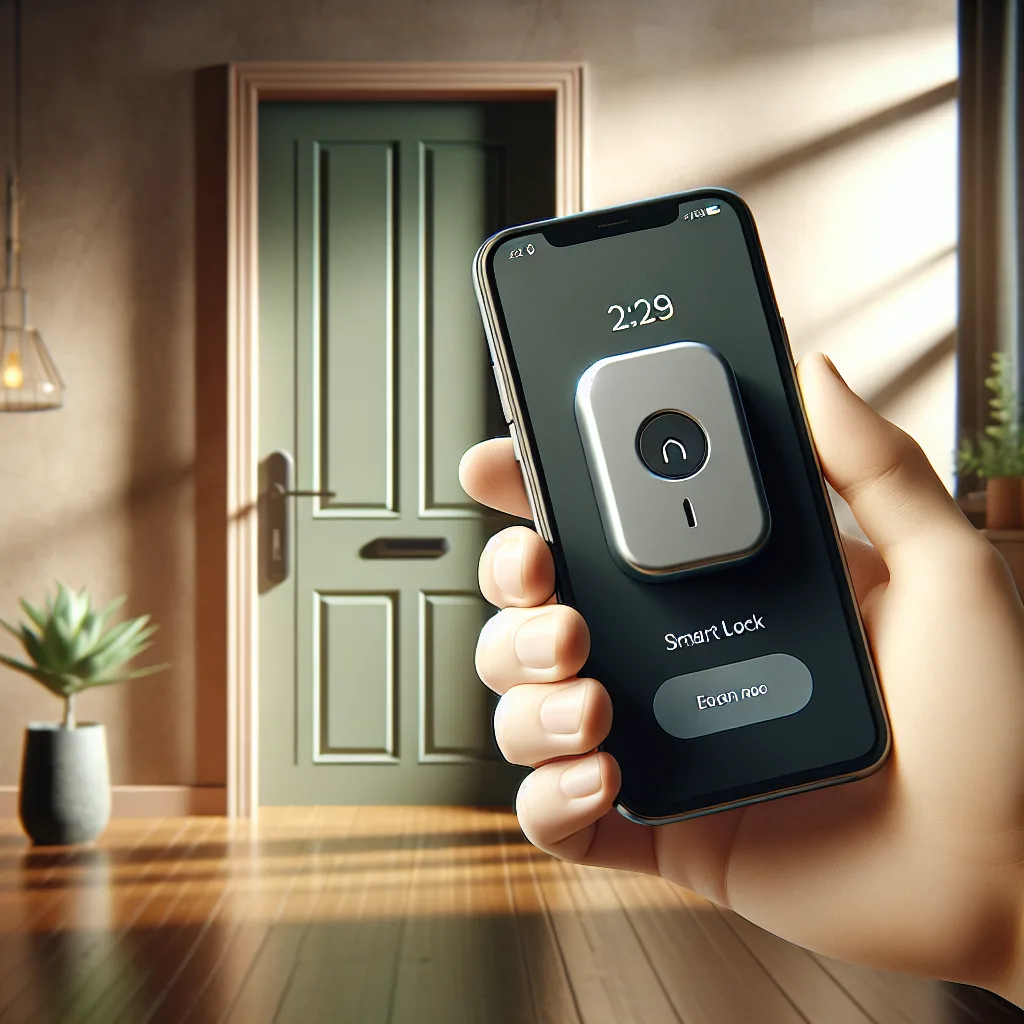Feeling lost in the world of smart locks? Our simple guide breaks down Wi-Fi, keypads, and features to help you choose the best smart lock for your home.
So, you’re standing in front of your door, key in hand, and thinking, “There has to be a better way.” Or maybe you’re like a friend of mine who recently decided to change out all the exterior locks on his house and was suddenly hit with a wall of options he never knew existed.
Welcome to the world of smart locks. It’s a place filled with promises of convenience and key-free living, but it can also feel incredibly overwhelming. I get it. When you start looking, the sheer number of choices, features, and technical terms can make you want to just stick with that old brass key.
But it doesn’t have to be that complicated.
Let’s cut through the noise. Think of this as a simple conversation over coffee. We’re just going to figure out what you actually need.
First, How Do You Want to Unlock Your Door?
This is the most important question. The “smart” part of the lock is all about giving you new ways to get in and out of your house.
- With a Code (Keypad): This is probably the most common type. A little keypad on the lock lets you punch in a 4-8 digit code. It’s simple, reliable, and you don’t need your phone. The best part? You can create temporary codes for guests, the dog walker, or a contractor, and then delete them later. No more hiding spare keys under the mat.
- With Your Phone (Bluetooth & Wi-Fi): Most smart locks have an app. With a Bluetooth-only lock, you can tap a button in the app to unlock the door when you’re standing nearby. If you upgrade to a Wi-Fi model (or add a Wi-Fi bridge), you can do that from anywhere in the world. Stuck in traffic and need to let a friend in? No problem.
- With Your Fingerprint: This feels like something out of a spy movie, but it’s becoming more common and affordable. You press your thumb to a sensor, and the door unlocks. It’s incredibly fast and convenient. The only downside is that sometimes they can be a bit finicky if your hands are wet or dirty.
- Automatically (Geofencing): This is the magic “hands-free” option. The lock uses your phone’s location to detect when you’re getting close to home and automatically unlocks the door for you. It feels amazing when you’re carrying a load of groceries. It can be a bit of a battery drain on your phone, but for many, the convenience is worth it.
And don’t worry—almost every single smart lock on the market still has a physical keyhole as a backup. So if the batteries die or the tech fails (which is rare), you’re not locked out.
Let’s Talk About Connectivity: Wi-Fi vs. Bluetooth
This sounds technical, but it’s pretty straightforward.
Bluetooth is a direct, short-range connection. Think of it like pairing your phone with a portable speaker. It works when your phone is close to the lock (usually within 30 feet or so). It’s simple and sips battery power.
Wi-Fi connects your lock to your home’s internet network. This is what allows you to control the lock when you’re not home. It lets you get notifications like “Your front door was just locked” or check to see if you remembered to lock it from your desk at work. The trade-off is that it uses more battery than Bluetooth. Some locks have Wi-Fi built right in, while others use a small device called a “bridge” that you plug into an outlet near the door.
My advice? If you just want the convenience of not fumbling for keys when you get home, Bluetooth is fine. If you want the peace of mind that comes with remote access and notifications, go for a model with Wi-Fi.
A Few Other Things to Consider
You’re almost there. Just a couple more features that really make a difference.
- Auto-Lock: This is my personal favorite. You can set the lock to automatically engage after a certain amount of time, say 3 minutes. It’s a lifesaver for those of us who are a bit forgetful. The peace of mind knowing your door is always locked is priceless.
-
Installation: Worried you need to hire a locksmith? Don’t be. If you’re replacing an existing deadbolt, you can almost certainly install a smart lock yourself. All you typically need is a Phillips head screwdriver and about 30 minutes. The instructions are usually very clear.
-
Battery Life: Most smart locks run on a set of AA batteries. They last a surprisingly long time—anywhere from 6 months to a year. And the lock will give you plenty of warning in the app and often with a light on the lock itself before the batteries get critically low.
So, Which One is “Best”?
Honestly, there isn’t one “best” smart lock. There’s only the one that’s best for you.
Don’t get caught up in brand names or a million features you’ll never use. Instead, just think about your daily routine.
- Do you have kids who get home before you do? A keypad lock is fantastic.
- Are you always forgetting if you locked the door? Get one with Wi-Fi and auto-lock.
- Do you just want the simple, magical feeling of your door unlocking as you walk up? Look for one with geofencing.
Choosing a smart lock is a small upgrade that can genuinely make your day-to-day life a little bit easier. Once you’ve gone keyless, you’ll wonder why you waited so long.
